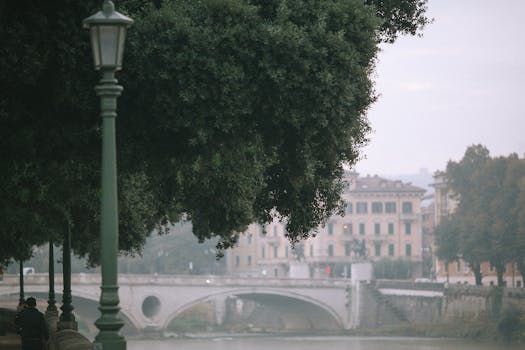
Urban Green Spaces: The Future of Outdoor Living in European Cities by 2025
Introduction to Urban Green Spaces
Urban Green Spaces are becoming increasingly important in European cities as they provide a sustainable solution to the challenges of urbanization. Urban Green Spaces are areas of vegetation, water, and other environmental elements that are integrated into the urban landscape. These spaces are designed to provide numerous benefits, including improving air quality, reducing noise pollution, and mitigating the urban heat island effect. In this article, we will explore the future of outdoor living in European cities by 2025, with a focus on the role of urban green spaces.
The Benefits of Urban Green Spaces
Urban green spaces offer a wide range of benefits, including:
- Improved air quality: Urban green spaces can help to remove pollutants from the air, improving the overall air quality in cities.
- Reduced noise pollution: Urban green spaces can act as a barrier to noise pollution, reducing the impact of traffic and other urban sounds.
- Mitigation of the urban heat island effect: Urban green spaces can help to reduce the temperature in cities, making them more comfortable and livable.
- Increased biodiversity: Urban green spaces can provide habitats for a wide range of plant and animal species, increasing biodiversity in cities.
- Improved mental health: Urban green spaces can have a positive impact on mental health, reducing stress and improving overall well-being.
The Future of Outdoor Living in European Cities
By 2025, European cities are expected to become even more densely populated, with a growing need for sustainable and livable spaces. Urban green spaces will play a critical role in meeting this need, providing a range of benefits that will improve the quality of life for urban residents. Some of the trends that are expected to shape the future of outdoor living in European cities include:
- Increased investment in green infrastructure: Cities are expected to invest heavily in green infrastructure, including parks, gardens, and green roofs.
- Greater emphasis on sustainability: Urban green spaces will be designed with sustainability in mind, using materials and practices that minimize environmental impact.
- More emphasis on community engagement: Urban green spaces will be designed to foster community engagement and social interaction, with features such as public art, seating areas, and community gardens.
- Integration with technology: Urban green spaces will be integrated with technology, including smart city systems and green infrastructure monitoring systems.
Case Studies of Urban Green Spaces in European Cities
There are many examples of urban green spaces in European cities that are already making a positive impact on the quality of life for residents. Some examples include:
- The High Line in London: An elevated park built on an old rail line, providing a green space for residents and visitors.
- The Parks and Gardens of Paris: A network of parks and gardens that provide a green oasis in the heart of the city.
- The Green Roofs of Berlin: A program to create green roofs on buildings, providing insulation and reducing stormwater runoff.
Conclusion
In conclusion, urban green spaces are the future of outdoor living in European cities by 2025. These spaces will provide a sustainable solution to the challenges of urbanization, improving air quality, reducing noise pollution, and mitigating the urban heat island effect. As cities become more densely populated, the need for urban green spaces will only continue to grow, providing a range of benefits that will improve the quality of life for urban residents.





